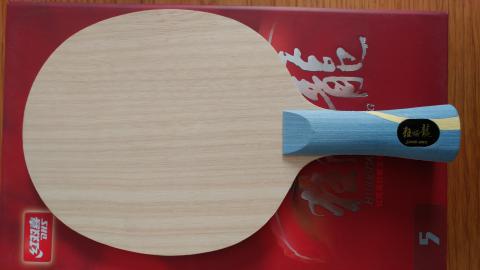You are allowed to ask me questions as well, you are claiming I misrepresented you, but I am pretty sure I did not. Your hate and disdain for people who play with pips shines through everything you write, you come from a place where pips means that the person couldn't play with inverted, therefore he switched to pips to hide his inability to play with inverted. You probably never met people with a talent for doing certain things and realizing that inverted made those things hard to do, therefore pips were better for them. Hitting and driving the ball is one of those, blocking is another. I have even met players who are very good at hitting the ball with backspin or sidespin, again easier to do with pips, but I know one guy who did it to about 2300 level with inverted.
The game used to be played with pips and some people still play with pips. I worked with a coach who used to chop with pips. I was a hitter when I first played because that was my natural instinct like most players who never really learned to spin the ball. I tried pips for a short while, didn't like them, but many people used to complain that even with inverted I played pips strokes. If I had changed to pips, it would have had little to do with a technical limitation, it would have been simply to enable me to play the game I played best at the time, which was close to the table hitting.
I then had another coach who thought like you, but his own reasoning was not like yours - he felt that all the best players in the world were using inverted, so if you used pips, you were making it harder to be one of the best players in the world, so he always discouraged me from using them, and encouraged me to learn how to play against and beat them. So he would train all his students to play against pips so that we wouldn't lose points to pips players.
So I get the hate for something that you don't respect, but again, the game is about putting the ball on the table, some people do not want all the bells and whistles that inverted adds with spin production when they are doing this. To some degree, inverted and the higher levels of speed gluing etc. have ruined the sport. But people like you will never admit that with how you think.














